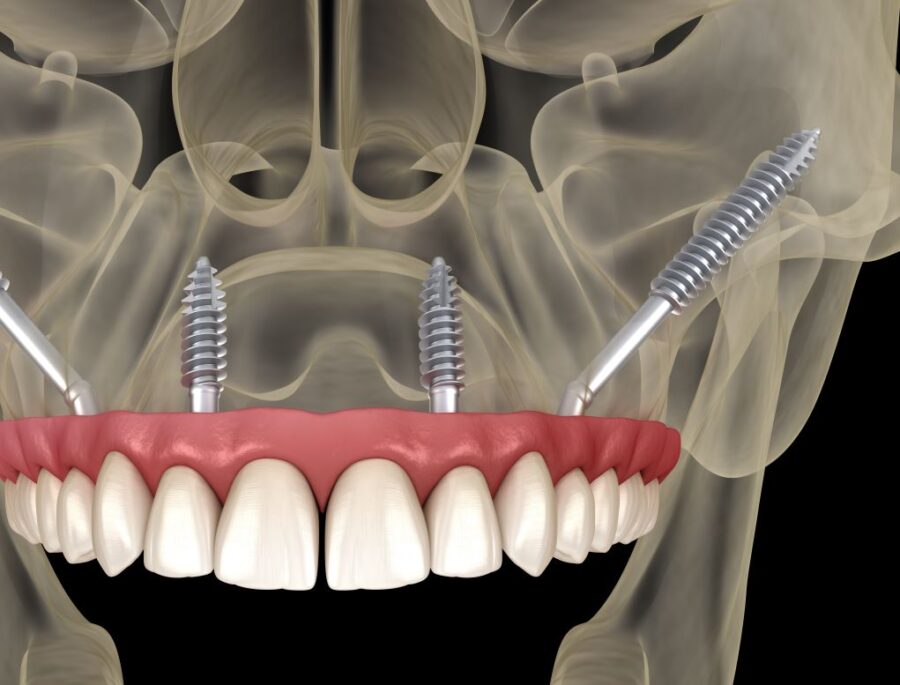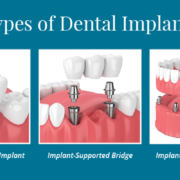Atrophic maxilla and zygomatic implant surgery is a type of dental surgery that is used to correct malocclusions. That results in problems with speech, breathing, chewing, and swallowing. The atrophic maxilla is the region of the upper jaw that is missing or weak bone. The zygomatic bone is the bone that forms the side of the mouth, and the malocclusion is caused by a long-standing irregular alignment of the teeth.
“Those who do not have enough jaw bone for the secure insertion of implants don’t have to give up on fixed dental prostheses, thanks to Zygoma implants.”
Dr. Chirag Chamria, Maxillofacial Surgeon at Royal Dental Clinics
These two problems create an undesirable alignment of the teeth and a misaligned jaw. Atrophic maxilla and zygomatic implant surgery is a procedure that tries to correct these abnormalities. by using implants and surgical techniques to align the teeth and reshape the face. Here is a look at the different atrophic maxilla and zygomatic implant surgery procedures.
What is Atrophic Maxilla?
Atrophic maxilla is a condition where the bone that is located in the upper jaw (atrophic) is smaller than normal. In a healthy jaw, the bone that is located in the upper jaw (atrophic bone) is the same size as the bone that is located in the lower jaw (Geriatric bone). The loss of bone in the atrophic maxilla can leave the face looking very narrow, with a noticeable roof of the mouth and a receding chin.
In the words of Dr. Chirag Chamria, Oral and Maxillofacial surgeon, Zygomatic implant treatments have revolutionized patient comfort and efficiency in eating. Our observation has been that the patients tend to live happier. Also, eat better which these implants when compared with removable dentures.
Types of Atrophic Maxilla Implant
There are three types of implants that are used to treat atrophic maxilla: Fixed, Bioabsorbable, and Non-Absorbable. The non-absorbable implants are most often used for atrophic maxillas. As the name implies, these implants are not absorbed by the body. They will remain in the patient’s mouth indefinitely.
Fixed implants attached to the bone with screws fixed in place. Bio-absorbable implants are designed to be absorbed by the body, and post-surgical stabilization. These implants are designed to release slowly over time. With the goal that the implant will not be absorbed by the body. Only fixed implants can be used in the upper jaw for the purpose of replacing missing teeth.

Benefits of Atrophic Maxilla Implant
The main benefit of atrophic maxilla implants is that they are a great option for those who are looking for a natural look. Atrophic implants are available in porcelain and metal, and they are one of the most natural-looking implants available. Porcelain atrophic implants are the most natural-looking option. They mimic the color and shape of the teeth in the surrounding area. Metal atrophic implants have the advantage of being very strong. Jaw deformities that are too severe to fix with a porcelain implant.
Atrophic Maxilla Zygomatic Implant
The zygomatic bone is located along both sides of the mouth, and the malformation of this bone can result in an irregular alignment of the teeth. Zygomatic implants treat mild to moderate malocclusions, such as a minor crossbite, open bite, or bite deviation. Zygomatic implants are used to correct cleidodontoic scoliosis.
Teeth After Implants – SAPTeethTM
The weak bone of the upper jaw warrants the use of zygomatic implants. As the structures are already weak we need to place teeth that aid in supporting the already weak bone. This is where SAPTeethTM plays an important role. Being light weight, and shock absorbable. They tend to reduce the load up to 149x. This helps in maintaining the dental implant for a longer time and eating more efficiently.
Conclusion
As you can see, atrophic maxilla and zygomatic implant surgery is an excellent option for those who are dealing with malocclusion and missing bone conditions, especially in severe cases. These implants are designed to correct the shape of the jaw and reverse the loss of bone in the upper jaw.
Furthermore, they can help you look and feel more confident, and they can help you chew, speak, and laugh with your entire family once again. If interested in atrophic maxilla and zygomatic implant surgery, be sure to consult with a qualified surgeon.
However, if you are advised to have weak bone and regular implants are not possible then you can consult with Dr Chirag Chamria who practices at Royal Dental Clinics in Mumbai. To book an appointment contact the office.
Follow Us For More Updates





